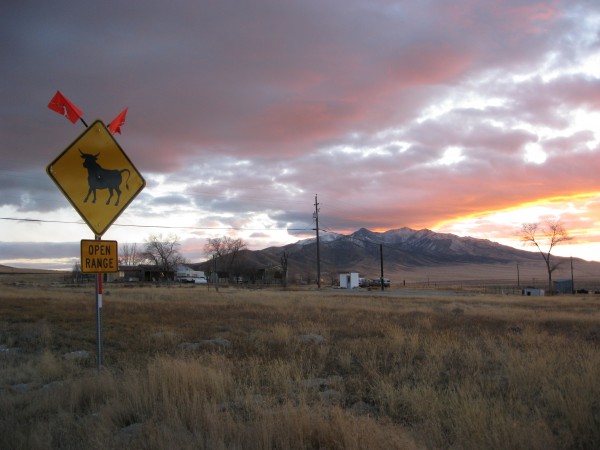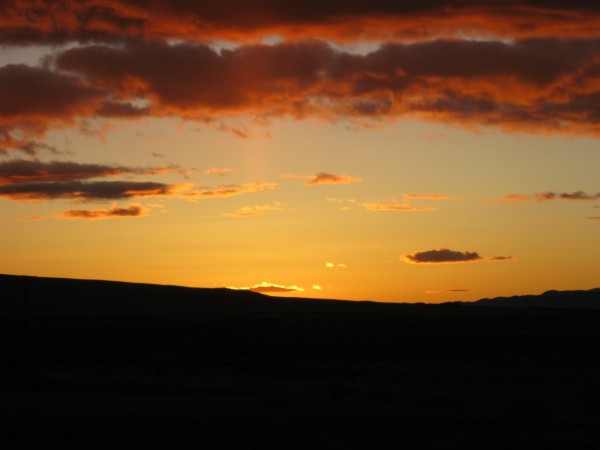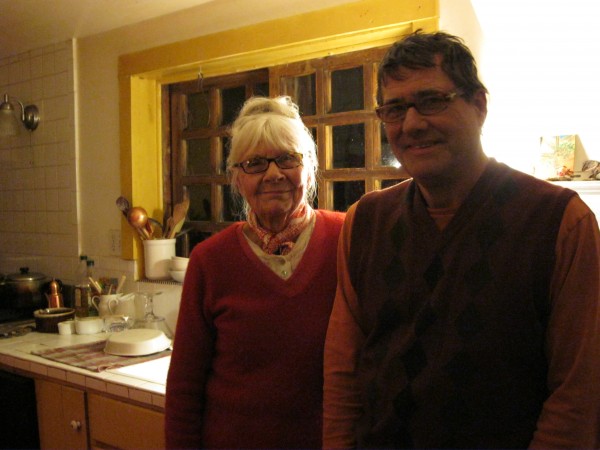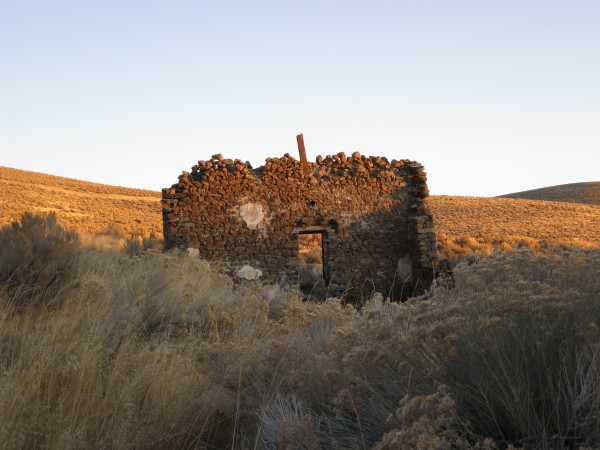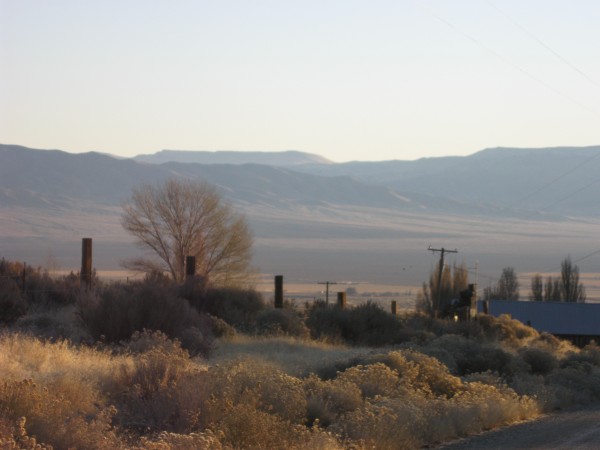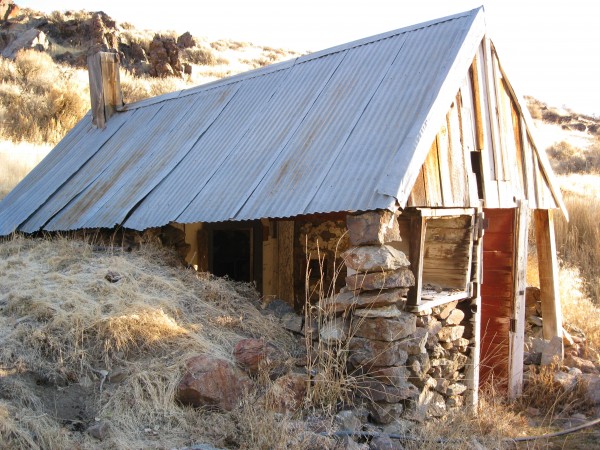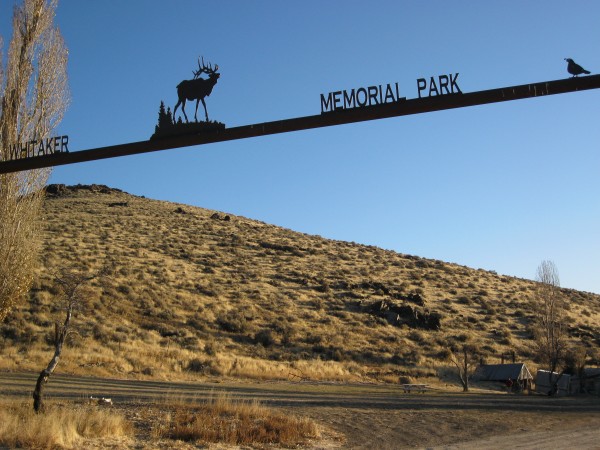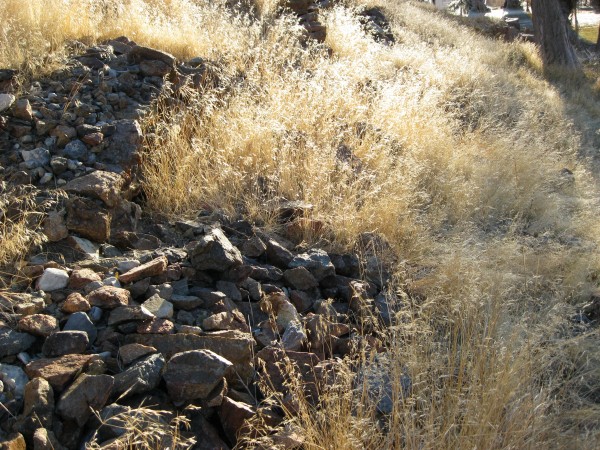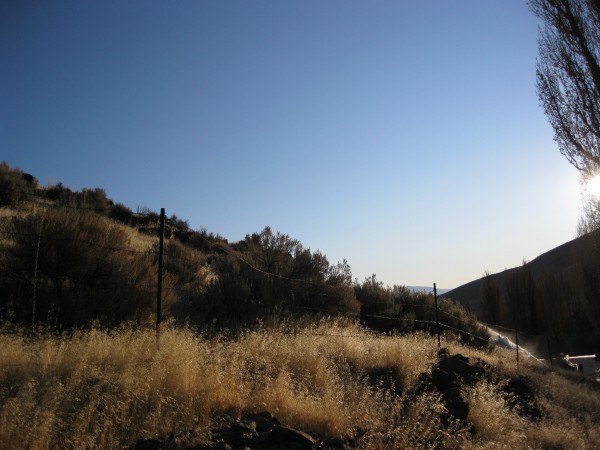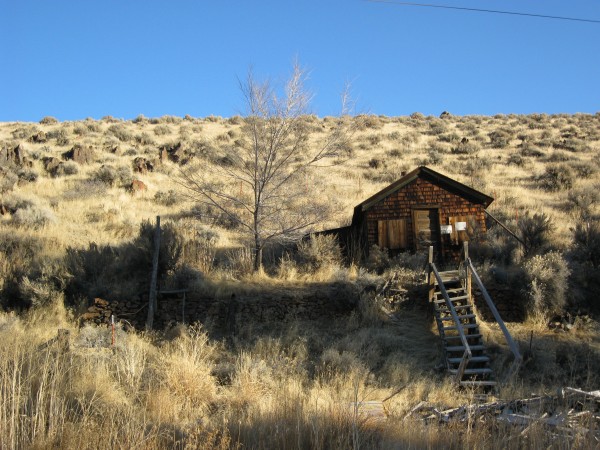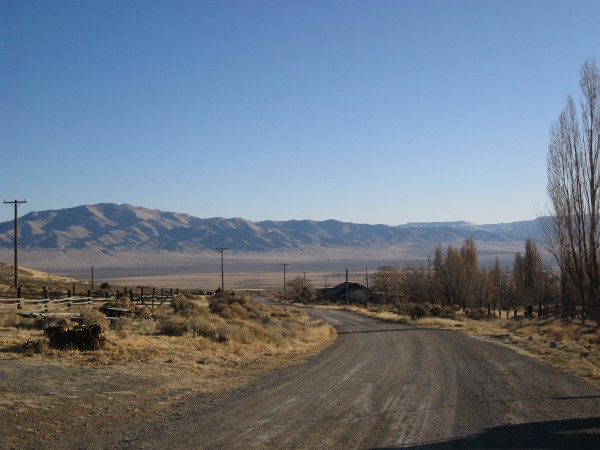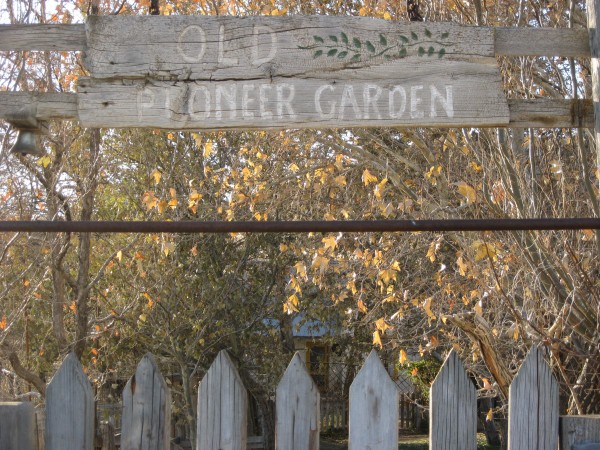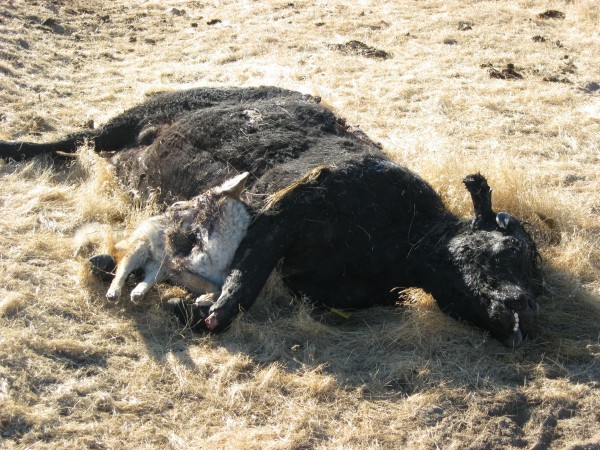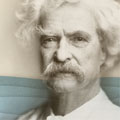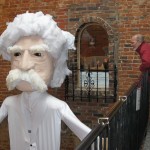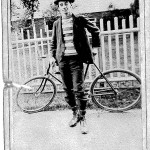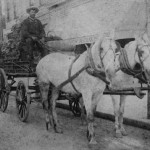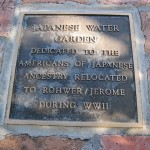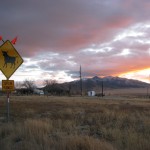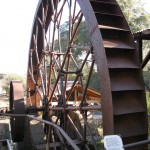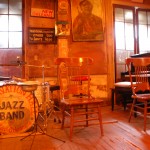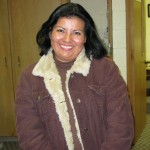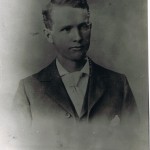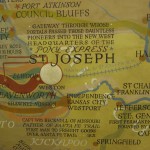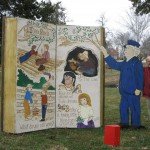To get to Unionville, Nevada, where Samuel Clemens (Mark Twain) tried prospecting for silver and gold, we drive south for 17 miles from Interstate 80 along desert-like, brush land marked by yellow “Open Range” road signs, illustrated with the image of a bull, each sign topped by two fluttering red warning flags. After three miles, I see a dead black cow, with a dead coyote nestled next to it, lying along the road.
Eventually we turn right on a gravel road to head three miles up into a canyon that becomes the ghost town of Unionville, where animals now far outnumber people. Mitzi Jones, 87, and her son, David, 62, who have three dogs, four cats (two indoor, two outdoor), 25 chickens and a gaggle of goats and lambs, put us up in a charmingly restored circa 1861 guesthouse. The front two rooms (Twain reportedly ate dinner in the rear one) have two-foot-thick adobe walls.
Twain’s Unionville consisted of eleven cabins and a liberty-pole, five cabins on one side of the mountain crevice, and six on the other. A state historic sign marks “the remains of Mark Twain’s cabin.” But the Joneses say he actually lived in a nearby dugout.
He built it, as he writes in Roughing It, “in the side of the crevice and roofed it with canvas leaving a corner open to serve as a chimney, through which the cattle used to tumble occasionally, at night, and mash our furniture and interrupt our sleep.”
Twain tried shoveling, scratching with a pick and sinking a shaft but soon quit prospecting, having learned that what glittered was quartz and other ordinary metals—“that nothing that glitters is gold.” A stranger to Unionville, Twain wrote, “would have supposed he was walking among bloated millionaires.” But life in Unionville really was “a beggars’ revel.”
We eat dinner with the Joneses, two out-of-town friends and a neighbor, Frank McCuskey, 69, a transplanted Texan who retired in his 50s from teaching shop in the nearby Winnemucca, Nevada, school system.
McCuskey describes the danger of driving at night in the valley below, where people test the road’s 70 mph speed limit and, in the process, kill or maim not only cattle but also bears, antelope and deer. The Joneses, with a rifle standing near their front door, recall a cougar’s attack on a half dozen of their lambs and goats. After the cougar killed the goats and lambs, he was treed and shot to death.
The conversation reminds me of a time I would rather forget—of living with my mother, uncle and aunt in the California desert for three years in the late 1940s. Rattlesnakes coiled in the shade next to our back door, a coyote killed my wired-hair dachshund, Suzie, and my aunt later shot my uncle to death.
Despite remembrances of death, the next morning, in the quiet of dawn, it’s hard not to be mesmerized by the golden light of the rising sun, the elegance of the tall, thin poplar trees, the delicate dance of strolling quail and the glisten of the icicles hanging from tree branches.
Items the Joneses have collected also remind us of a fascinating past. They have copies of local newspapers from the 1860s and 1870s and of the 1870 census, which lists dozens of Chinese working as laborers, cooks and house servants, and a 26-year-old Irish woman, Elisabeth Lee, working as a prostitute.
After serving a gargantuan breakfast of scrambled eggs, baked apple, French toast and oatmeal with walnuts and raisins, the Joneses show us two boxes filled with an opium tin; a hard block of opium embossed with a Chinese character; old marbles, some beautifully decorated; arrowheads; a rusted nineteenth-century pistol, a small, painted children’s iron figurine; and rock-hard ammonites, sea creatures from 200 million years ago.
Loren Ghiglione
